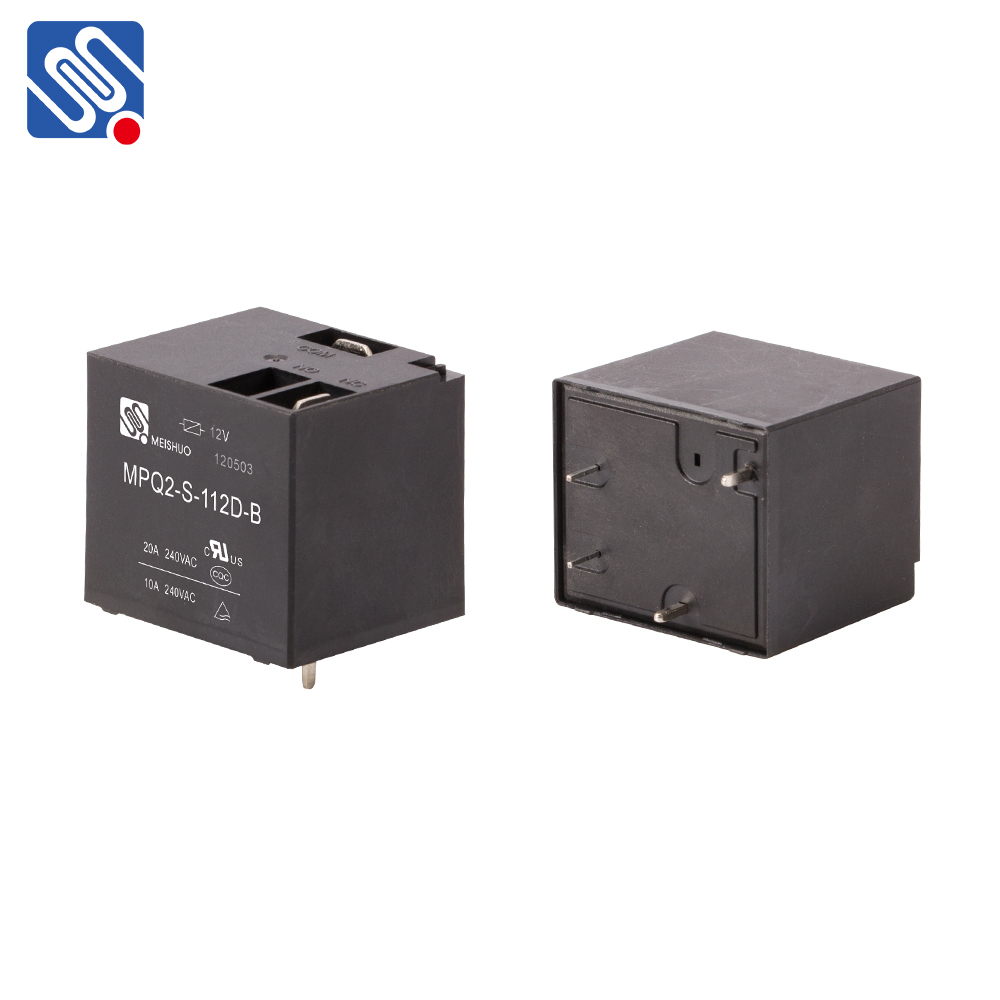The 12V 30A relay is an essential electrical component used in various applications that require high-power switching. This device operates as a switch, controlling circuits that carry significantly higher power than the relay itself can handle. Commonly found in automotive systems, home appliances, and industrial control systems, the 12V 30A relay is valued for its reliability and ability to manage significant electrical loads. This article will explore its features, applications, and how it works, providing a comprehensive understanding of this versatile component.

What is a 12V 30A Relay? A relay is an electrically operated switch that allows a low-power signal to control a higher-power circuit. The 12V 30A relay operates on a 12V DC supply and can switch circuits that draw up to 30 amps of current. This makes it suitable for applications where high current needs to be controlled by a low-voltage control signal. Relays typically consist of a coil, an armature, contacts, and a spring. When the control voltage is applied to the coil, it generates a magnetic field that pulls the armature, closing or opening the contacts, depending on the design of the relay. The contacts are usually made from materials like silver, which are known for their durability and resistance to wear under high currents.